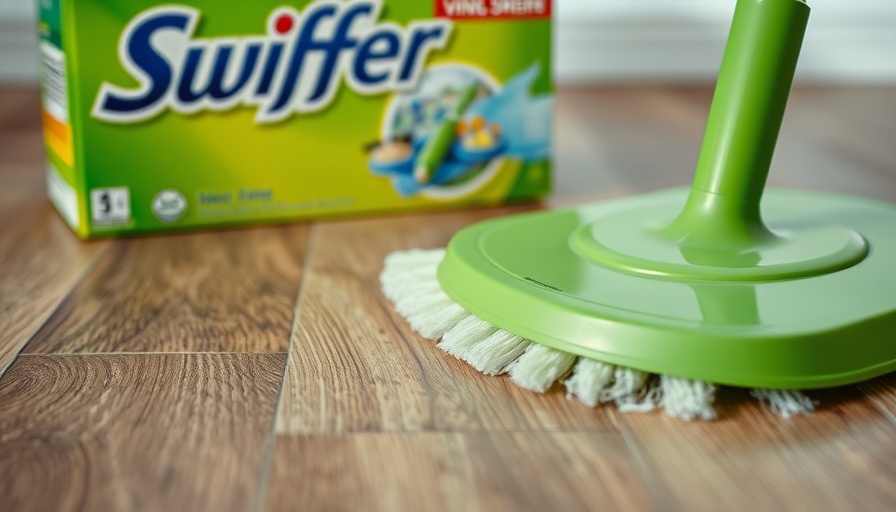
An Overview of Tongue and Groove Flooring
Tongue and groove flooring has emerged as a popular choice for homeowners aiming to achieve a stylish and elegant look with minimal effort and expense. This type of flooring employs a straightforward yet effective installation method that allows planks to lock together, making it ideal for those considering a DIY project. A significant advantage is the floating floor technique used, which enables planks to sit atop an underlayment rather than being permanently glued or nailed down. This versatility not only makes it easier to install but also simplifies future replacements.
Advantages of Choosing Tongue and Groove Flooring
This flooring option boasts numerous benefits: it is cost-effective, quick to install, and provides a beautiful wood-like appearance without the hefty price tag of traditional hardwood. Additionally, ample options exist with tongue and groove products available in both engineered and solid wood formats. Engineered flooring, for instance, is designed for added stability and often features a prefinished surface, saving time during installation.
Preparation is Key: Essential Steps Before Installation
Proper preparation can significantly reduce headaches during the installation process. Begin by ensuring the subfloor is clean, dry, and free from any imperfections that could impact the final result. Install a quality underlayment with a vapor barrier to promote longevity and protect against moisture damage. Selecting high-quality tongue and groove materials is equally crucial, as this will impact both the floor’s durability and aesthetic appeal.
Installing Tongue and Groove Flooring: A Step-By-Step Guide
The installation process for tongue and groove flooring is relatively straightforward, making it suitable for DIY enthusiasts. Start by laying the underlayment across the subfloor, ensuring that it overlaps without gaps. Next, take the first plank and position it with the groove facing the wall, leaving a slight expansion gap. Insert the tongue of the next plank into the groove of the previous plank, and continue this process across the floor. Secure each plank by gently tapping it into place with a hammer and a tapping block to achieve a snug fit.
Common Mistakes to Avoid When Installating
While the DIY installation of tongue and groove flooring is accessible, several common mistakes can lead to issues down the line. For example, neglecting to leave adequate expansion gaps can cause the flooring to buckle over time, especially in humid climates. Moreover, failing to use an appropriate underlayment may result in uneven floors and increased wear. To mitigate these risks, take your time during the installation process and consult manufacturer guidelines whenever needed.
Future Trends in Flooring: Sustainable Options
As environmental awareness increases, more homeowners are seeking sustainable flooring options. Manufacturers are responding by producing tongue and groove flooring made from reclaimed wood or sustainable sources, allowing homeowners to enjoy the aesthetic benefits while also contributing to environmental conservation. Staying informed about these options can greatly expand your flooring choices and align with green building practices.
Your Next Steps in Flooring Choices
Before you embark on your tongue and groove flooring journey, assess your specific needs and preferences. Consider factors such as the type of material you prefer, the layout of your space, and your budget constraints. Do thorough research, perhaps consulting with flooring experts to explore the best options suited for your home. By being proactive, you’ll ensure that your new flooring not only looks beautiful but also lasts for years to come.
In conclusion, tongue and groove flooring offers a myriad of aesthetic and practical advantages for homeowners eager to enhance their living spaces. With proper preparation, execution, and an eye toward sustainable options, you can transform your floors into an elegant and inviting feature of your home.
 Add Row
Add Row  Add
Add 


Write A Comment